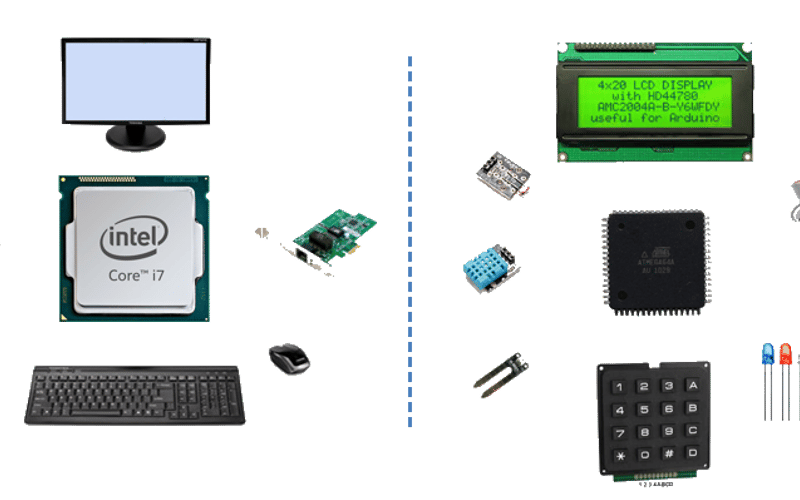16
Jul
Embedded systems and desktop systems, though both integral parts of our modern technological landscape, serve vastly different purposes and operate under distinct principles. This blog post delves into the differences in non-volatile memory usage, overall system design, and the unique advantages of various embedded system architectures. Non-Volatile Memory Differences Non-volatile memory in embedded systems, such as Flash memory, is used to store firmware and application code that must be retained even when the system is powered off. This type of memory is essential for embedded systems due to their specific, constrained environments that require reliability and longevity. In contrast, desktop…

